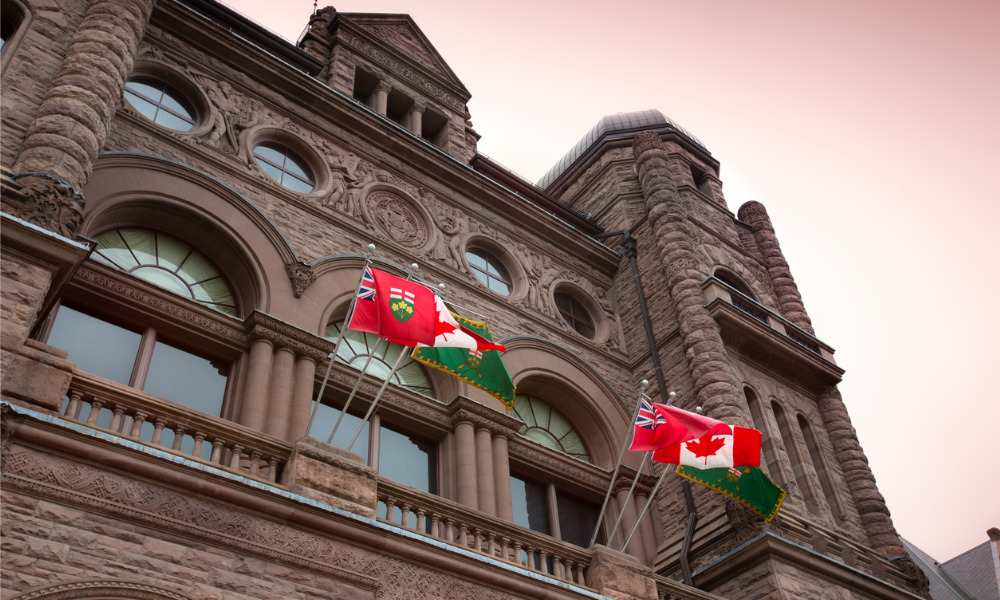'They're going to gravitate to the programs and the offerings at the time that they need them,' says HR head

Most HR professionals want to support their employees’ wellbeing and mental health by offering a comprehensive suite of programs and benefits.
But when it comes to figuring out whether or not those programs are delivering the needed results, that’s where the difficulty sometimes arises.
So where to start when deciding what works and what doesn’t?
“Keep in touch in terms of staying connected to employees, understanding what they’re dealing with. I think looking at the whole person is critical to understanding what employees need. They’re going to gravitate to the programs and the offerings at the time that they need them,” says Manisha Mistry, senior director, HSSE and DEI at CSA Group in Oakville, Ont.
Mistry is one of the featured panellists in the upcoming HRD Wellbeing Summit Canada to be held Feb. 28, 2024, at the Arcadian Court in Toronto.
She will be speaking on the panel around wellbeing program success stories, and offer strategies that can make a difference.
Leveraging ERGs for wellbeing
At CSA Group, the company reaches out to the workforce on a regular basis to find out what types of wellbeing supports are needed, according to Mistry.
“We leverage employee resource groups to understand what are all our different internal players looking for in terms of resources or support because connection and belonging is really important to organizations, and whatever we can do to make our employees feel connected and feel a sense of belonging will help with our overall strategy.”
Robust sick leave policies are an often underutilized way to ensure workers remain healthy and productive, says a workplace expert.
How to you measure wellbeing success?
When trying to learn what is working, there is one easy metric that can be illuminating, says Mistry.
“I think it’s important that key mechanisms are already in place. We have things where we look at the utilization of our programs: when utilization goes up, it’s a good thing. It’s a really good thing, whether that’s using the resources or external services, that’s really important.”
Looking at engagement scores can also provide valuable insights, she says.
“We want to know that what we’re putting out there is being used but we’re also wanting to make sure that we’re capturing the amount of effort we’re doing promoting the program. It’s typically, these programs can be a best-kept secret that no one knows about so that level of interaction: How many times are we in town halls or team meetings? Or having a discussion at the lunch table about, ‘Hey, we have this program,’” says Mistry.
Mental health ambassadors
While the best programs can be helpful, navigating complex options can be a big turnoff for some employees so extra help may be needed.
“We have an internal network of what we call mental health ambassadors that would be there and accessible to help employees navigate all the things that are available to them, and sometimes just have someone else to talk to in the organization,” she says.
As well, a plethora of technical solutions can also challenge users, who may not be so technically inclined, says Mistry.
“What we’ve showed employees is, ‘This is what it offers.’ We have done demos, so we can show: ‘Hey, if you have kids, there’s a kids section that you might want to leverage.’”
CSA Group has also started doing guided meditations virtually, she says, “to teach employees you don’t have to be good at it but it’s a skill set you if you want to foster, then we can help you and here’s a way to participate: you don’t have to [turn] off mute, you don’t have to be on-screen, you can just participate in the guided meditation, leveraging back the Calm app,” says Mistry.




